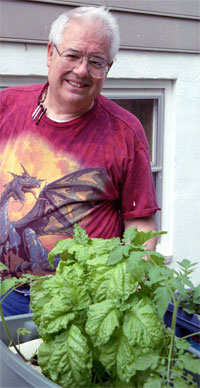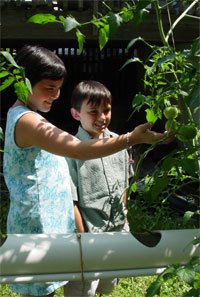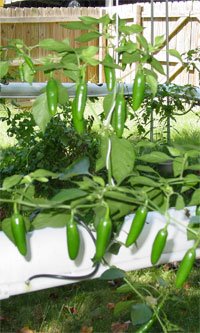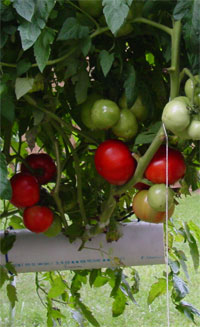 I've always liked keeping notes. There is something about making little drawings or lists of things or just trying to capture one's thoughts in a quick brief caption or blurb that gives me a sense of proportion. I am engaging the universe in the incredible dance of existence if only in a small way.
I've always liked keeping notes. There is something about making little drawings or lists of things or just trying to capture one's thoughts in a quick brief caption or blurb that gives me a sense of proportion. I am engaging the universe in the incredible dance of existence if only in a small way.Wintertime when it's too cold to grow things since I don't have a greenhouse and even a greenhouse would have to be heated to grow much, then is just the time to kick back and think about the systems to come or how things might have gone differently in the past.
I particularly like quadrille tablets since I can lay out designs precisely on the grids and they also make it easy to organize data into columns. The picture is of tracking tomatoes in season but I keep a notebook all year around. I've graduated from the little spring scale seen here to one of those nice electronic scales which instantly give you a precise digital figure up to five pounds which easily handles all my tomatoes. I did have a 2 pound one once, but it was cheating a little by growing together with another tomato.
I'm actually all set for the Spring and Summer of 2009 with seeds, nutrient, some basic components for the Year of the Passive Systems, like float valves and smart valves. But I still have some design and further conceptualization to do. I'm thinking about some wick systems, maybe some float systems, using the smart valves you basically have a sort of float and drain system. Right now the idea is to have a big nutrient tank on the side deck running down to feed nutrient to the systems on the ground level below the deck. That way the system will auto-feed and I'll only have to top off the tank now and then. But if I create a lot of systems I'll also have to have bigger tanks so there is a size compromise to consider. Just like my eyes are often bigger than my stomach when I'm contemplating food, my appetite for hydroponics systems often exceeds my common sense and need for hundreds of pounds of tomatoes. I do have six seed varieties picked out for the system and one really needs to have at least maybe four of each kind so that puts about 24 plant sites as the minimum. Scaling that with my NFT systems of the past would make it equivalent of a four tube system, and maybe that will turn out to be a six tub system. You can see that that creates other questions. Each tub will require a feed so the nutrient tank will have to split the feeds so we need ... well you get the idea.
Design is a bifurcating process, one thought leading to another, one requirement for one part of the system demanding something from another part. It's a logical chain and fun to think about. That's when you get out the notebook and start sketching. Sketching and reading and sipping hot chocolate on a cold Winter day is just the ticket.

































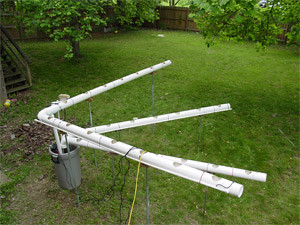
 So here's the example. It's shown while it was being built. The frame is just PVC with flat channels. The trash cans (one of them) will be used as a nutrient tank (water + nutrients) with a pump in it which pump the nutrient to the ends of the channels. You can see the main feed tube (black) that feeds a PVC pipe and each of the channels if fed by a little 1/4 inch tube from the PVC pipe. The nutrient rums through the channels by gravity and is collected by the return and runs back into the tank. This little circulation goes on all the time.
So here's the example. It's shown while it was being built. The frame is just PVC with flat channels. The trash cans (one of them) will be used as a nutrient tank (water + nutrients) with a pump in it which pump the nutrient to the ends of the channels. You can see the main feed tube (black) that feeds a PVC pipe and each of the channels if fed by a little 1/4 inch tube from the PVC pipe. The nutrient rums through the channels by gravity and is collected by the return and runs back into the tank. This little circulation goes on all the time.


